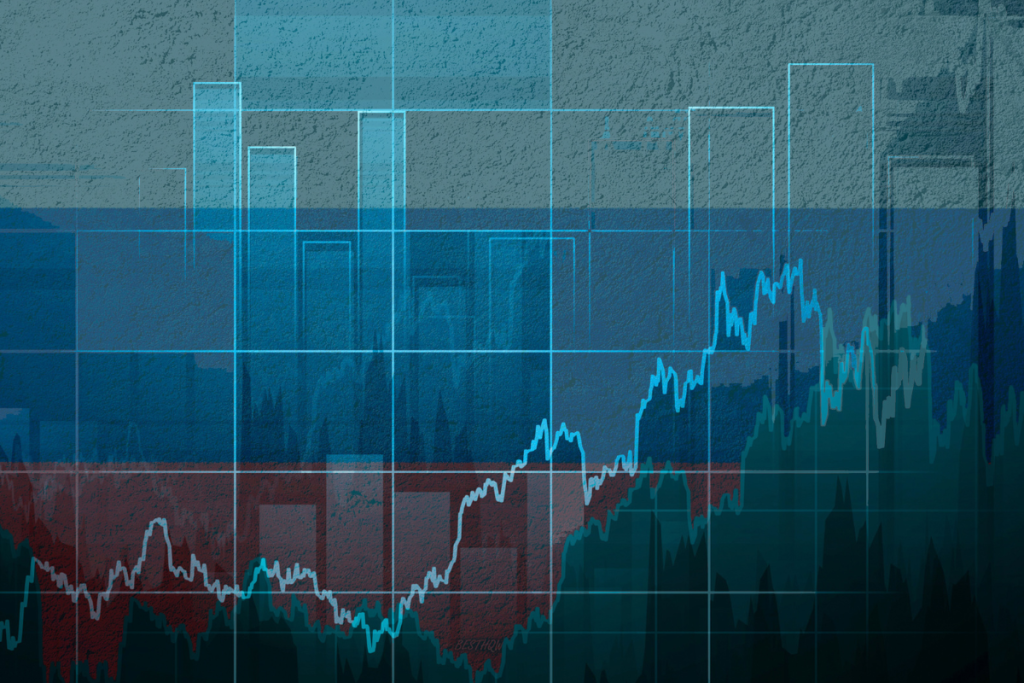A federal court’s decision to halt President Trump’s tariffs, quickly stayed by an appeals court, has thrown supply chains into a holding pattern. Industry leaders are grappling with unpredictable policy swings that threaten operational stability and future investments.
Legal Back-and-Forth Disrupts Business Strategy
A federal court ruling last month has deepened the uncertainty swirling around President Trump’s sweeping tariffs, leaving manufacturers and supply chain executives in a strategic bind. The U.S. Court of International Trade determined that Trump’s use of emergency powers to impose 10% blanket tariffs on imports, including those from China, was an overreach. But within a day, a federal appeals court stayed that decision, keeping the tariffs in place as legal challenges continue.
The sudden legal reversal has forced companies to reconsider investment and production strategies. Many have paused capital investments, re-evaluated hiring plans, and slowed imports as they wait for clarity. For some, that has meant stockpiling critical materials to hedge against potential cost spikes, while others are mapping out contingency sourcing plans that can withstand further policy reversals.
Ripple Effects for Sourcing and Trade Talks
The legal path forward remains far from clear. If the Supreme Court eventually sides with the lower court, Trump’s tariffs could be permanently shelved. But alternative trade tools, such as Section 232, which covers national security-related levies, or Section 301, aimed at countering unfair trade practices, remain on the table and could be used to reimpose tariffs under different justifications.
For businesses, the policy whiplash of shifting legal interpretations and trade policies has become a tangible cost, what some are calling an “uncertainty tax.” Investment flows are slowing, credit markets are tightening, and growth plans are being put on hold as companies weigh whether to adapt to shifting trade rules or wait for clarity that may never materialize. Each of these factors chips away at the confidence of international trading partners and highlights the complexity of managing global supply chains amid political flux.
Navigating Uncertainty with Operational Flexibility
The latest tariff uncertainty highlights the limits of forecasting in an environment where policy can shift overnight. It’s not enough to simply track political developments; companies must weave flexibility and scenario planning into every aspect of their operations, from supplier diversification to inventory management and contract structuring. Without that, even the best supply chain strategies become vulnerable to political and legal crosswinds.



